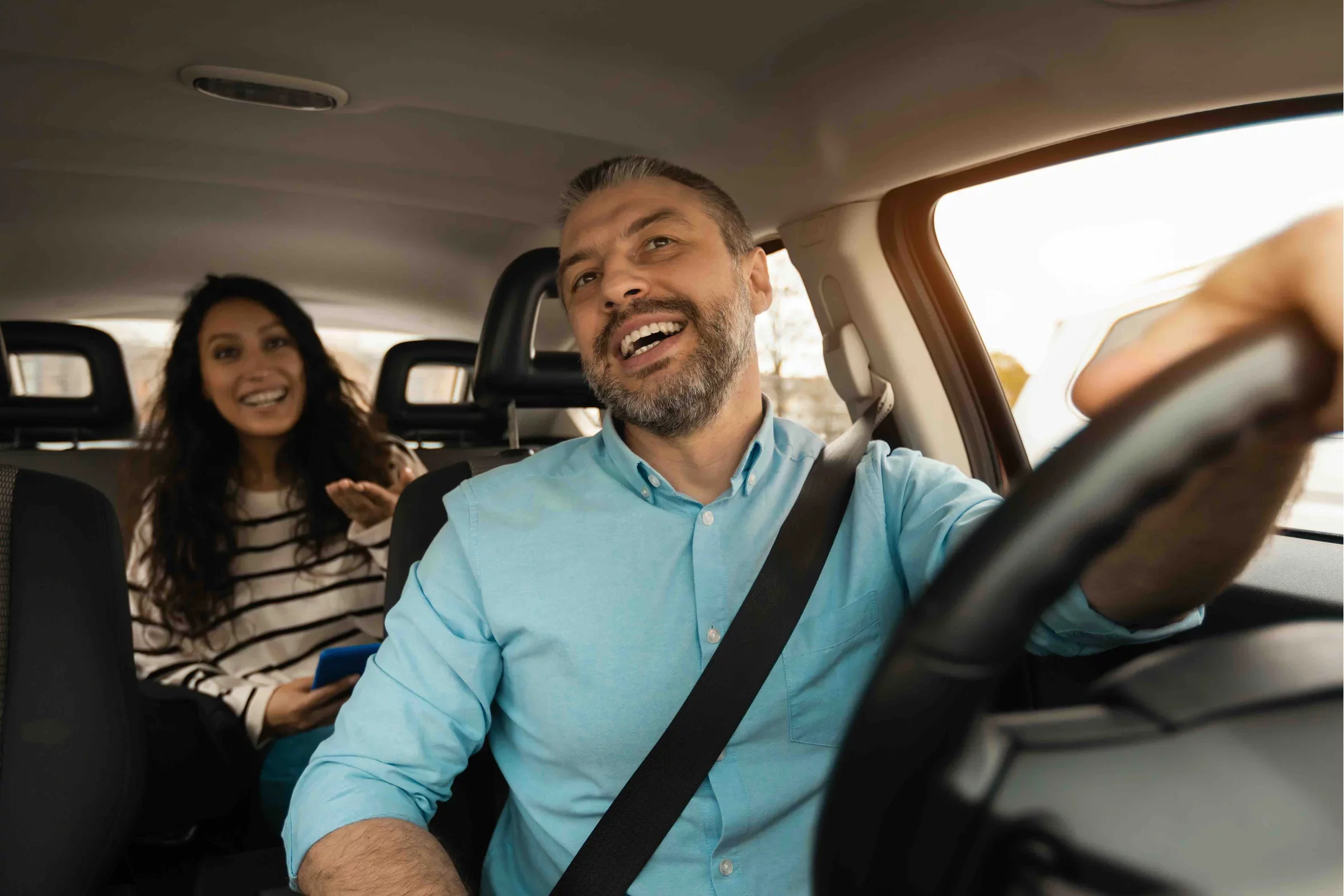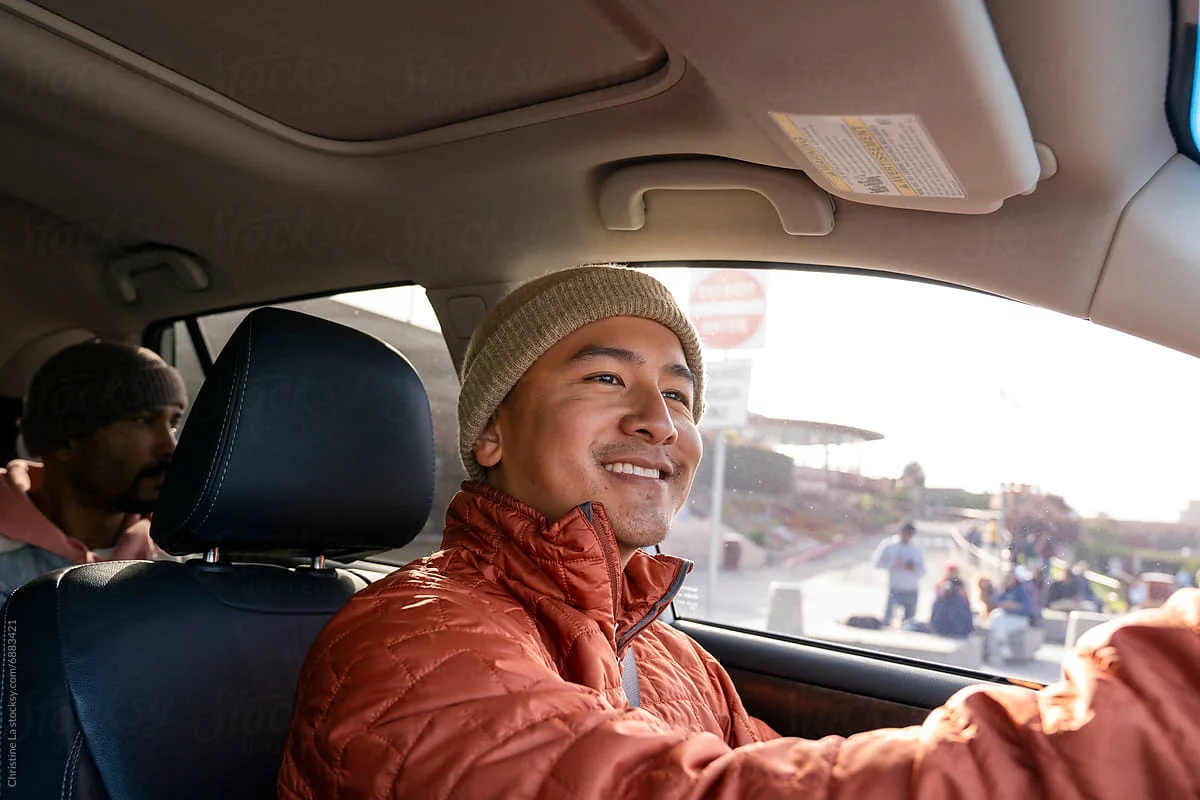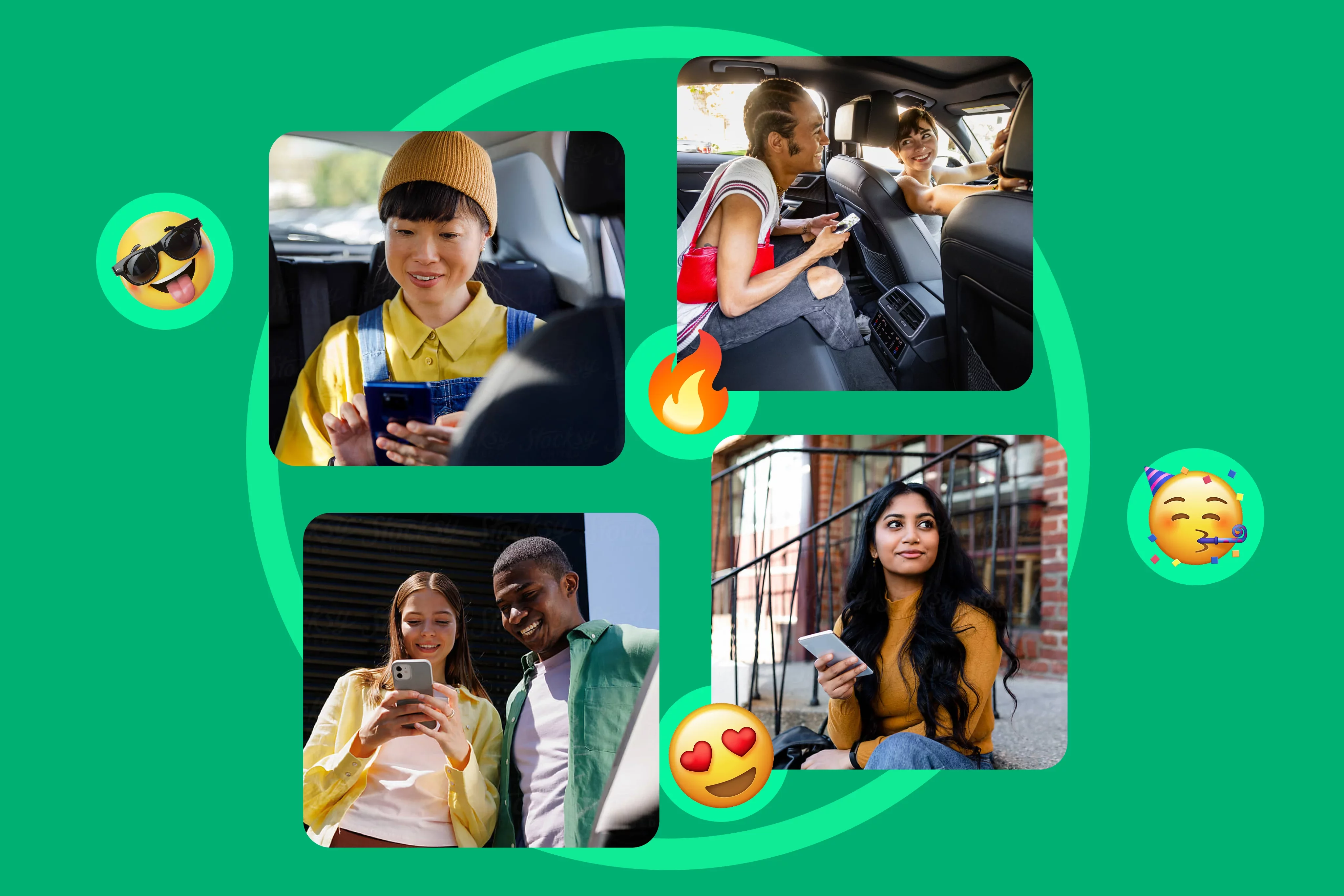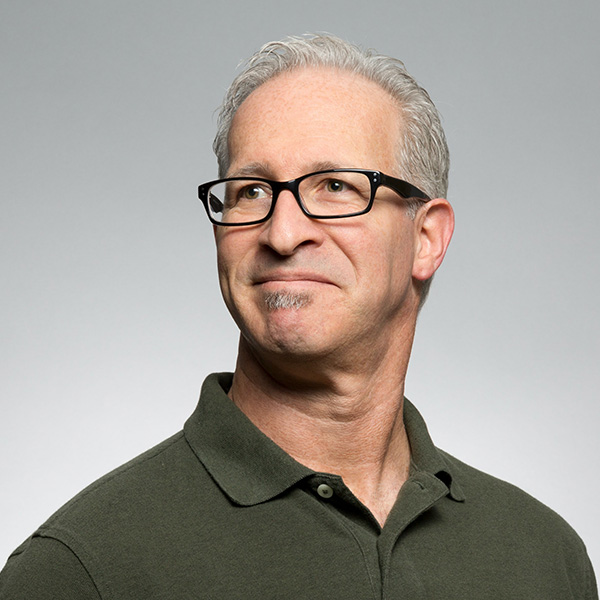Why Real Drivers Still Matter
Robotaxis may be efficient, but they can’t replace the human connection of real drivers. At Omni, we believe rides are powered by people, not programs.

In cities like San Francisco, the streets are alive with more than traffic. They carry the stories of people—of drivers who have been navigating the hills, bridges, and neighborhoods for decades. Robotaxis may promise efficiency, but they can’t replicate the simple human connection that comes with stepping into a car driven by someone who knows the city, who knows its moods, and who shares in the everyday rhythm of community.
A driver isn’t just someone behind the wheel. They are storytellers, guides, and sometimes even a source of comfort. Think about the countless rides where you’ve learned something new about another culture, discovered a shortcut you never knew existed, or felt at ease because someone made the effort to check in on your day. That kind of exchange doesn’t appear on a screen or in a line of code—it happens because another person is present, willing to connect.
With a driver, every ride is different. Maybe your driver grew up two blocks away from where you’re headed. Maybe they just arrived from another country and see the city with fresh eyes. Each moment has the chance to become more than transportation—it can become a reminder of how diverse and interconnected we are. Robotaxis, no matter how advanced their sensors and maps, simply glide through the city without noticing its smells, its sounds, its unexpected moments. They’re designed to avoid risk, not to appreciate nuance.
“As front-line workers, safety drivers … are forced to take risks accumulated from the AV industry upstream and confront restricted self-development in working for AV.”
— From interviews with AV “safety drivers” supervising autonomous vehicle tests arXiv
The difference isn’t just about connection—it’s about judgment. A driver notices when you’re in a hurry and takes a smarter route. A driver senses when a conversation is welcome, or when silence is needed. They adjust. They anticipate. They read the environment in a way no machine can, because they bring with them not only their eyes and ears but their instincts and their lived experience.

Recent stories have shown exactly why that matters. In San Francisco, robotaxis from Cruise and Waymo have been criticized for stopping unexpectedly in intersections, blocking fire engines, or failing to recognize construction detours. In August 2023, a Cruise vehicle dragged a pedestrian after a collision, sparking state regulators to suspend its permit. Even today, reports surface of cars stalling in the middle of the street, confused by flares or emergency tape. These are not minor glitches—they’re reminders that driving in a city is about more than just sensors and software. It’s about human awareness, flexibility, and care.
“Because hourly pay reflects both earnings and ride volume, these declines may reflect shifts in rideshare demand, potentially influenced by early AV deployment … we see an impact on pay.”
— Ryan Green, CEO of Gridwise, on changes in driver wages in robotaxi-active markets Business Insider
The truth is, we don’t just ride to get somewhere. We ride to share space, however briefly, with someone else. That space—where a driver and rider cross paths—is fragile and fleeting, yet it holds meaning. Without it, the world risks becoming colder, more disconnected. Robotaxis may save a few minutes, but what they take away is harder to measure: the chance to learn from someone else, to feel seen, to simply be reminded that we are not alone moving through this city.
And beyond the ride itself, there’s a bigger question: what happens to the people left behind? Every driver is part of the local economy. They pay for gas, food, car washes, and coffee on the way to their shifts. They spend their earnings at neighborhood restaurants and grocery stores. If thousands of drivers suddenly lose work to machines, that economic cycle doesn’t just vanish for them—it vanishes for the entire community.
“Robotaxis do fine, but they don’t pick up on the little cues—like construction zones or shortcuts—that real drivers use every day.”
— Jason Munderloh, San Francisco rideshare driver Business Insider
For the most part, people accept robotaxis as “inevitable” because no one has been invited to debate their role in our cities. Yet our roads are paid for with public dollars, and the communities who live on those streets deserve a say in how technology reshapes them. Safety, fairness, and choice should be decided democratically—not dictated by corporations eager to automate labor out of existence.
At Omni, we believe the human element matters. It matters for safety, for efficiency, but most of all, for community. Our drivers are not faceless programs—they’re neighbors, workers, and storytellers who deserve to be valued. They’re part of the social fabric that makes San Francisco, San Jose, and every city we operate in feel alive. When you choose a ride with a real driver, you’re not just choosing to get from A to B. You’re choosing connection, dignity, and a reminder of what makes cities human.
Technology will keep moving forward, and there’s a place for innovation. But it should never erase the human experience at the heart of transportation. Because a city without drivers is a city with fewer stories, fewer voices, and fewer chances to know one another. And that’s a cost none of us should be willing to pay.
Omni: Rides powered by people, not programs.

Omni Begins in Texas: A New Chapter for Riders and Drivers in San Antonio and Austin

Introducing Circles: A Safer Ride Option by Women and Nonbinary, for Women and Nonbinary

Why Real Drivers Still Matter

How Omni Matches You with a Driver
-muqvevx52d.webp)
How to Pay Less for Your Rideshare Trips While Supporting Fairness

Why Transparency in Rideshare Pricing Matters More Than Ever
-ygr49x6yaj.webp)
Should Riders Be Verified Like Drivers Before Their First Trip?

The Future of Rideshare: Who Really Wins in the Shift to Automation?
-y6dnitj3d7.webp)
Why the Future of Driving Might Look More Like Owning a Business

Download Before Your Trip! How to Use San Jose’s Local Ride App OMNI For Smoother Travel

We’re Not Just Another Ride-Hailing App — And That’s the Point
Other Posts


Fair fares, every time — no surge pricing. Download the Rider App.
Join 4,000+ startups building faster with us
-ncsawyuuju.webp)


insights, straight to your inbox.



